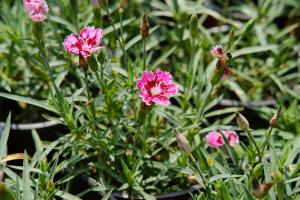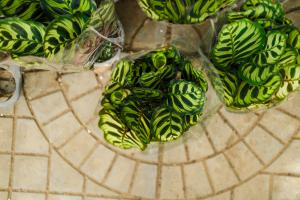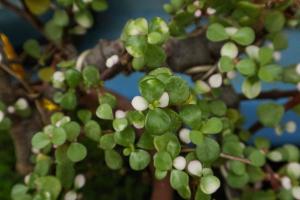Introduction
Plants require certain conditions in order to thrive and produce healthy growth, including the correct pH level of the surrounding soil or water. Tap water is often considered to be neutral or slightly alkaline in nature, which can hinder the ability of plants to absorb nutrients effectively. Therefore, it may be necessary to make tap water acidic for plants in order to provide them with the optimal conditions for growth.
Why Make Tap Water Acidic?
In nature, the pH level of soil in which plants grow can vary widely, and can range from mildly acidic to slightly alkaline. Different types of plants have varying pH requirements, with some preferring an acidic soil and others requiring a slightly alkaline environment. When tap water is used to water plants, it can change the pH level of the soil or compost, potentially making it less suitable for plants that require acidic conditions. Furthermore, certain minerals and nutrients that plants need for healthy growth can become less soluble in an alkaline environment, reducing their availability to the plants.
How to Make Tap Water Acidic for Plants
There are several ways to make tap water acidic for plants, depending on the type of plant you are growing and the water source available to you.
1. Using Rainwater
Rainwater is naturally slightly acidic, with a pH level of around 5.6. If you live in an area with frequent rainfall, collecting rainwater to use on your plants can be an effective way of providing them with an acidic water source. Simply install a rain barrel or collection system, and use the rainwater to water your plants instead of tap water.
2. Adding Citric Acid
Citric acid is a natural acid found in citrus fruits such as lemons and limes. Adding a small amount of citric acid to tap water can lower its pH level, making it more acidic. To make citric acid solution, dissolve 1 teaspoon of citric acid in 1 gallon of water. Use this solution to water your plants, but be careful not to use too much, as citric acid can also damage plants if used excessively.
3. Using Vinegar
Vinegar is a household item that can be used to make tap water more acidic. However, it is important to note that vinegar is a weak acid and can be harmful to plants if used excessively. To make vinegar solution, mix 1 tablespoon of vinegar in 1 gallon of water. Use this solution to water plants in small amounts, and only use occasionally to maintain acidic conditions.
4. Installing a Water Softener
Water softeners are devices that remove minerals such as calcium and magnesium from tap water, which can make it more alkaline. By installing a water softener in your home, you can reduce the pH level of your tap water and make it more suitable for plants that require acidity. However, this method can be expensive and may not be necessary for all plants.
Conclusion
Making tap water acidic for plants can be an effective way of providing them with the optimal conditions for growth. By using methods such as rainwater collection, citric acid, vinegar, or a water softener, you can provide your plants with an acidic water source and improve their ability to absorb nutrients. However, it is important to be careful not to use too much of these methods, as excessive acidity can also be harmful to plants.

 how many times do yo...
how many times do yo... how many planted tre...
how many planted tre... how many pine trees ...
how many pine trees ... how many pecan trees...
how many pecan trees... how many plants comp...
how many plants comp... how many plants can ...
how many plants can ... how many plants and ...
how many plants and ... how many pepper plan...
how many pepper plan...































